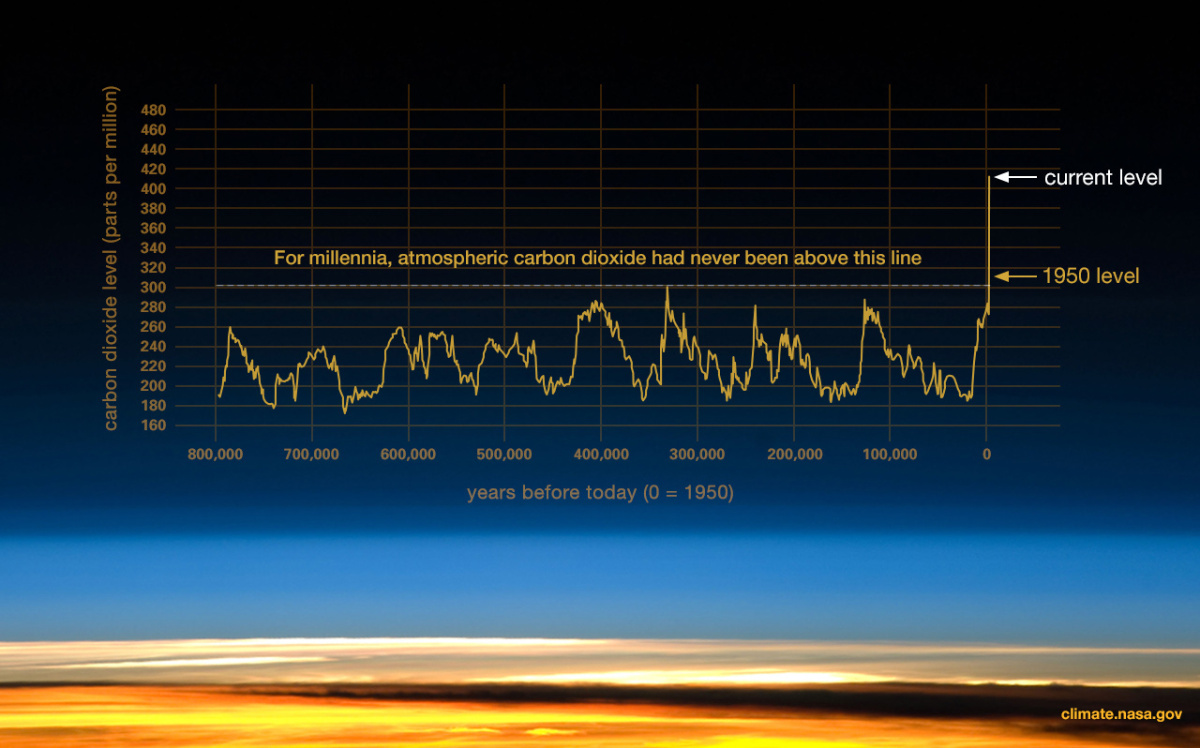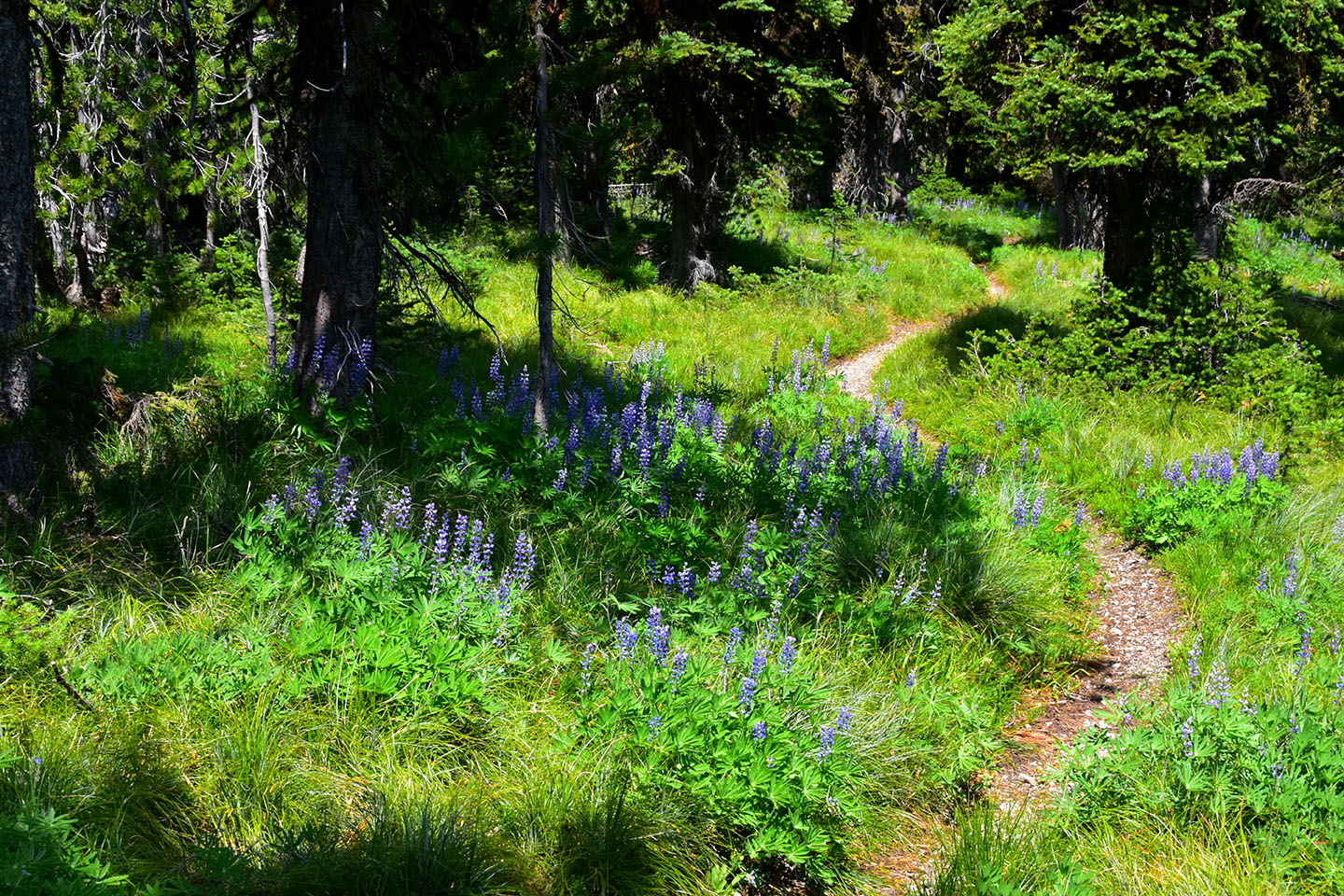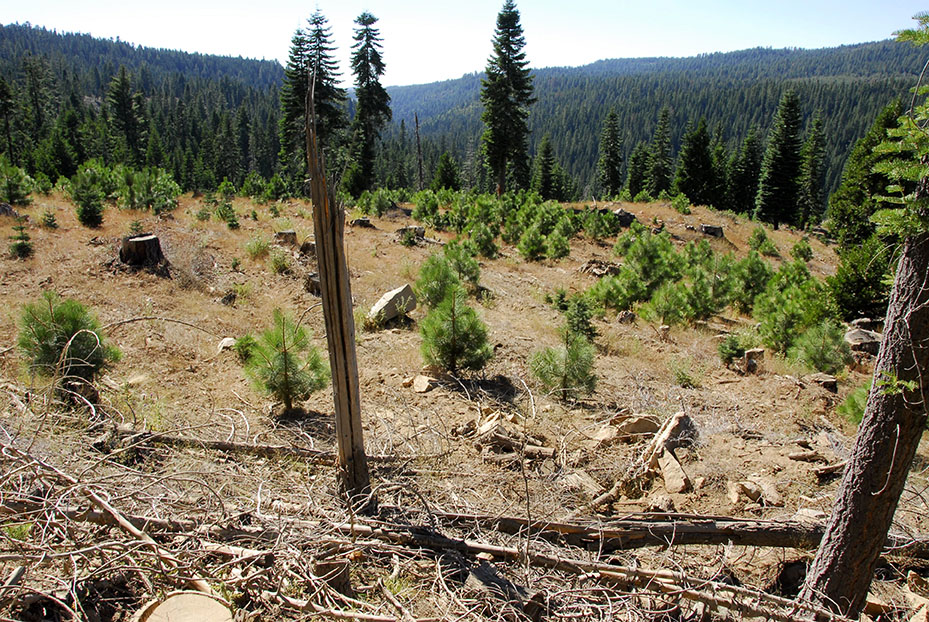Forestry and Climate Change
Read our latest report on forest management and climate change. HERE
Global Warming Has Already Affected Our Local Forests
Global warming, the underlying cause of current, climate-change trends, has reached the crisis stage and is putting our daily lives at risk.
According to NASA (https://climate.nasa.gov/), during ice ages, Earth’s CO2 levels were around 200 parts per million (ppm), and during the warmer interglacial periods, they hovered around 280 ppm. In 2013, CO2 levels surpassed 400 ppm for the first time in recorded history. If fossil-fuel use and other greenhouse-gas-producing activities continue at the current “business-as-usual rate,” CO2 will continue to rise exponentially.

Global warming is having a growing impact and, as the crisis escalates, communities like ours in the Bitterroot Valley, will face the growing challenge of living in a changed climate. The latest report (https://www.ipcc.ch/sr15/) from the UN’s Intergovernmental Panel on Climate Change underscores that we likely have just 11 years to make a “rapid transformation across all industrial sectors.”
The Montana Institute on Ecosystems is a statewide center based at both Montana State University and University of Montana. Their two years of research produced a scholarly work, the 2017 Montana Climate Assessment (available online at www.montanaclimate.org).
It stated that the increasingly rapid rate of climate change since the Industrial Revolution resulted from changes in atmospheric chemistry, specifically increases in greenhouse gases due to the increased use of fossil fuels, land-use change (deforestation, etc.), and fertilizer production.
The report found that changes to Montana’s climate have already happened:
- Since Montana became a state (1889), global atmospheric CO2 concentrations have increased more than 100 ppm (parts per million);
- Since 1950, average statewide temperatures have increased by 0.5o Fahrenheit (mostly in the spring) – [ the most recent research indicates that Montana's temperatures have increase by 2 to 3o]; and
- Statewide, winter precipitation has been decreasing by 0.14 inches per decade.
By mid-century, we should expect that:
- Montana’s average temperatures will increase by 3 to 7o Fahrenheit;
- Our maximum temperatures may increase by 3 to 7o;
- Our temperature minimums will likely increase by 3 to 8o;
- Frost-free days could increase by 24 to 44 days;
- Warming temperatures are highly likely to decrease snowpack at mid and low elevations;
- Snowmelt and peak spring runoff will occur earlier in the spring;
- Late-summer water availability will be substantially lower in snowmelt-dominated watersheds; and
- Higher temperatures will exacerbate multi-year drought.

Global Warming’s Impacts on Montana’s Forests
There are approximately 23 million acres of forested land in Montana. Most are publicly owned and, in the western part of the state, are dominated by Douglas-fir, lodgepole pine, and ponderosa pine. Impacts from climate change will overlay currently existing stresses to our forests.
The vast majority of climate scientists agree that protecting our existing forest ecosystems is a critical part of the efforts to limit the effects of global warming. When disturbed, forests release carbon; undisturbed, forest ecosystems actively remove carbon from the air and store it. Left alone, forest ecosystems provide natural protection against extreme weather events like flooding and droughts.
Climate change, which results from global warming, increases temperatures and shifts precipitation patterns that together affect forests by lowering humidity, soil moisture, and intensifying water stress. The direct effects from climate change on Montana’s forests will mean that:
- Higher temperatures and a reduction in water availability will reduce seedling survival;
- Extreme high temperatures will reduce growth and productivity in areas where stand density is low, regardless of water availability;
- As temperatures increase, any disturbances will increase forest mortality;
- Increasing temperatures and the resulting lowering of moisture levels will likely cause an increase in the size and frequency of wildfires;
- Rising temperatures are likely to increase bark beetle survival; and
- The increase in forests mortality and contractions in forest distribution will outpace any long-term gains in forest growth and productivity, thereby causing a net loss of Montana’s forested areas.
Due to the warming climate plus past and current forest management practices, Montana’s forests are already under stress.

In the face of the changing climate, forest managers can best contribute to forest health by:
- Recognizing that as climate chaos increases, management activities must be prudent and, above all else, avoid causing harm;
- Basing all management activities on the most recent peer-reviewed, scientific research;
- Integrating the projected effects from a warming climate into all management activities;
- Managing to increase all forests’ ability to retain more moisture and slow spring runoff from snowmelt;
- Recognizing that disturbances from the most-used management activities ultimately reduce the health and resilience of forests; and
- Acknowledging that current forest conditions will largely determine the potential impacts from climate change.
